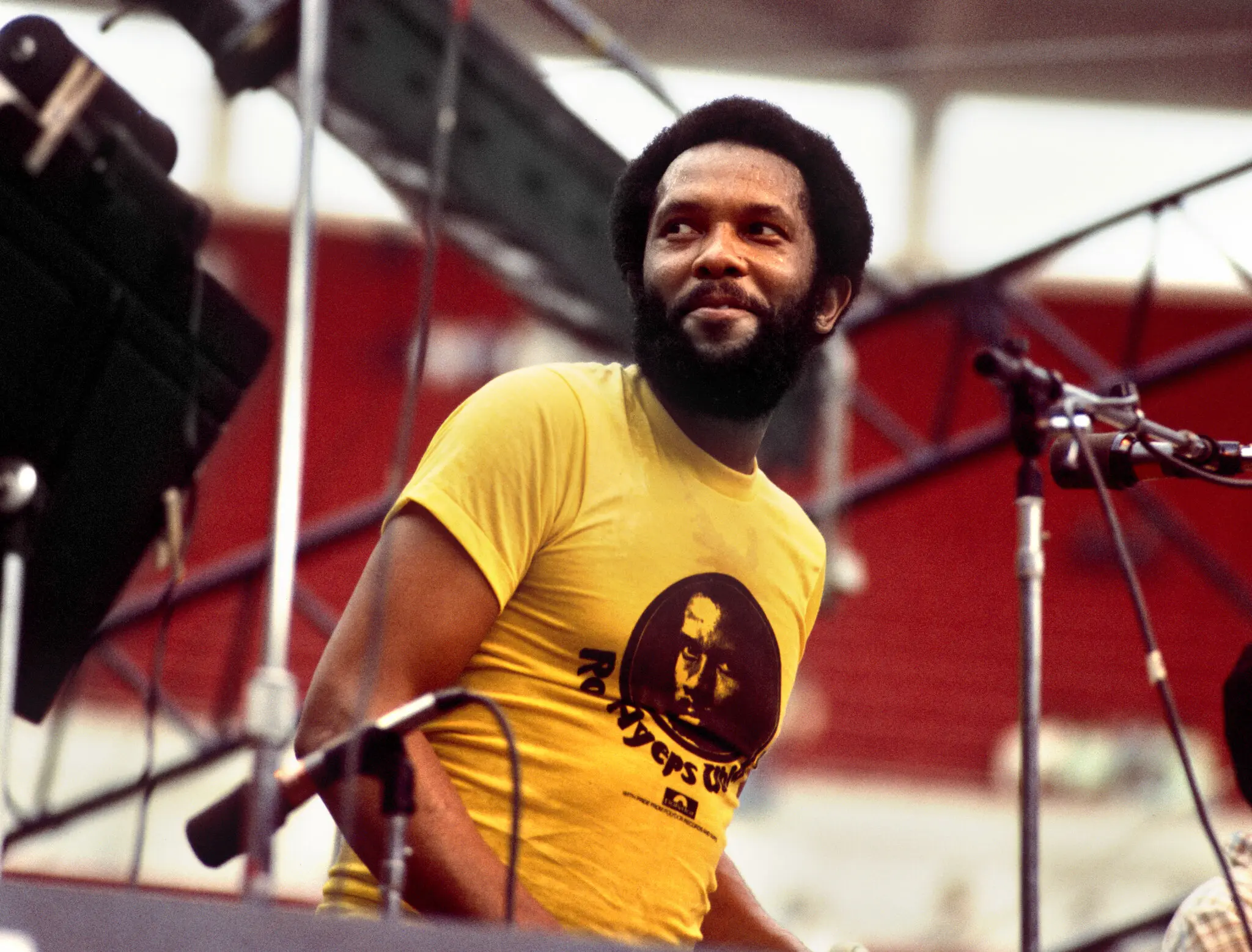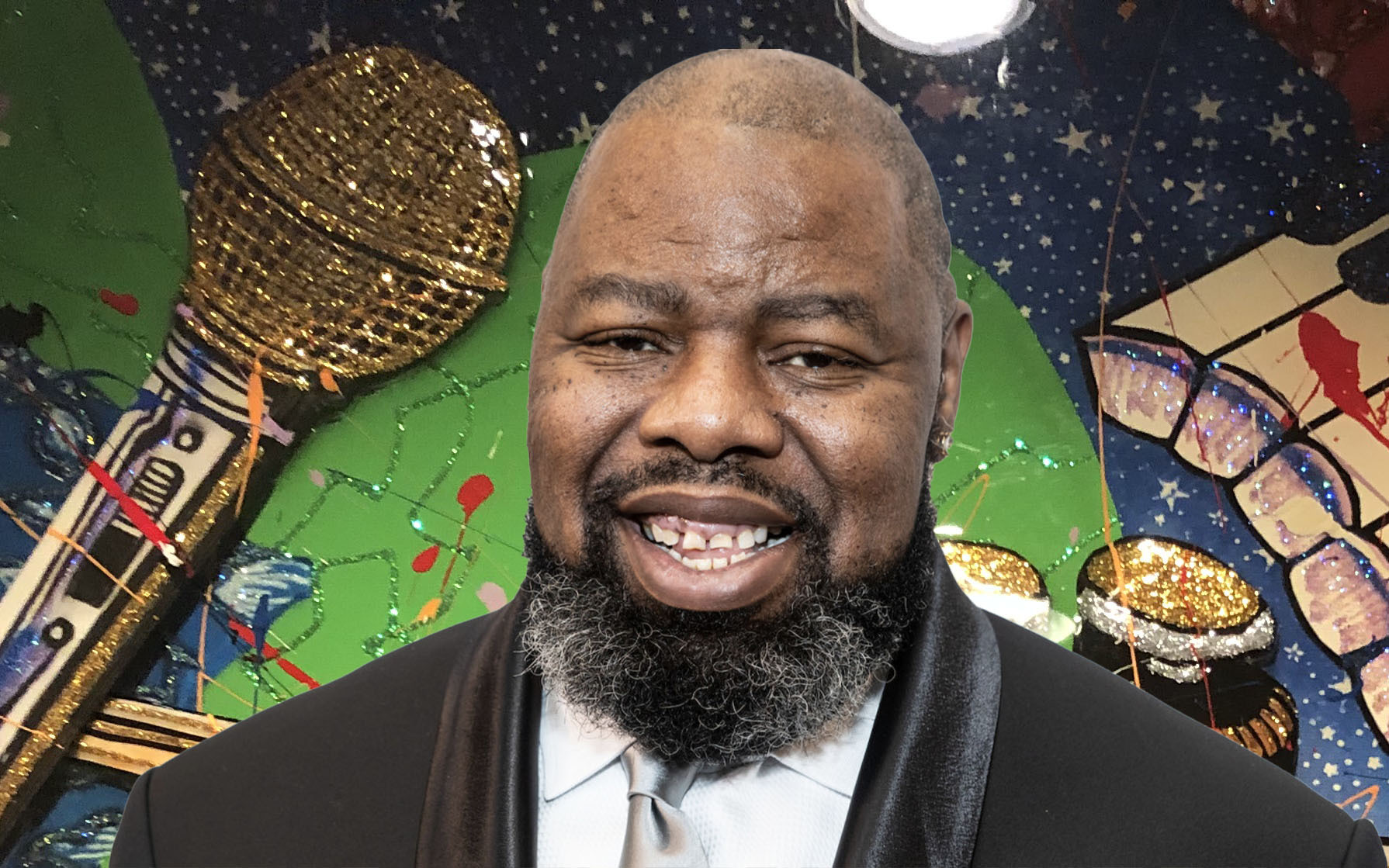Roy Ayers was more than just a vibraphone virtuoso; he was a sonic architect whose influence continues to resonate through modern music. While he’s rightfully celebrated for his contributions to jazz-funk and soul, the sheer impact of his 1976 masterpiece, “Everybody Loves the Sunshine,” is undeniable. This shimmering, mellow anthem has been sampled nearly 200 times, cementing its place as one of the most sampled songs of all time and proving that Ayers’ genius continues to inspire generations of artists.
“Everybody Loves the Sunshine” isn’t just a catchy tune; it’s an experience. Its languid groove, Ayers’ signature vibraphone melodies, and the smooth, soulful vocals create a sonic landscape that evokes warm days, carefree vibes, and a sense of blissful tranquility. It’s no wonder it became an instant classic and has remained a staple on summer playlists for decades.
Born on September 10, 1940, in Los Angeles, Ayers’ journey began under the watchful eyes of his parents, Roy and Ruby Ayers. He was the only son in a family of four children, raised in a nurturing environment that fostered his musical talent.
His father, a scrap dealer with a passion for the trombone, instilled a love for music within the household. However, it was his mother, a dedicated schoolteacher and piano tutor, who provided the formal training. Roy received early piano lessons, laying the foundation for a lifelong dedication to music. This early exposure proved to be crucial, shaping the artist who would later master the vibraphone and become a true innovator.
Ayers’ career is a testament to his prolific nature. He released an astounding number of albums, nearly four dozen in total, solidifying his place as a key figure in jazz and funk history. But it was his tenure with Polydor Records, spanning twelve years, that truly cemented his legacy. During this period, he released 22 albums, a testament to his creativity and consistent output.
The impact of his Polydor albums is undeniable. Twelve of these records graced the Billboard Top 200 chart, collectively spending an impressive 149 weeks. This chart success not only highlights the popularity of Ayers’ music but also underscores its enduring appeal. Tracks like “Everybody Loves the Sunshine,” “Searchin’,” and “Running Away” became instant classics, showcasing his unique blend of jazz improvisation, infectious grooves, and uplifting melodies.
But the song’s enduring appeal extends far beyond its feel-good nature. Its musical components are incredibly fertile ground for sampling, offering a wealth of sounds and textures that can be repurposed and reinterpreted in countless ways. The distinct vibraphone riff, the hypnotic bassline, and the layered harmonies have all been mined by producers across a spectrum of genres, from hip-hop and R&B to electronica and beyond.
Think of iconic hip-hop tracks like A Tribe Called Quest’s “Keep It Rollin’,” where the vibraphone sample adds a touch of smooth sophistication, or Mary J. Blige’s “Sunshine,” which directly interpolates the vocal melody, paying homage to Ayers’ original. These are just a few examples of the diverse ways in which “Everybody Loves the Sunshine” has been reimagined.
The song’s adaptability is a testament to both its inherent quality and Ayers’ visionary approach to music-making. He wasn’t just creating a song; he was crafting a soundscape, a rich tapestry of sounds that invites exploration and interpretation. This open-endedness is what allows producers to take a piece of “Sunshine” and mold it into something entirely new, while still retaining the essence of the original.
But the story of “Everybody Loves the Sunshine” and its enduring influence isn’t just about the samples. It’s also about the enduring power of positive vibes. In a world often characterized by negativity and strife, Ayers’ music offers a respite, a reminder of the simple joys in life. This message, coupled with the song’s undeniable musicality, is what has allowed it to transcend generations and continue to connect with audiences of all backgrounds.
In a 2013 interview, Ayers recounted witnessing Lionel Hampton perform, a moment that would forever shape his musical trajectory. “I got my first set of vibraphone mallets from Lionel Hampton when I was 5 years old, so I always wanted to be like Lionel Hampton,” he explained. “At one time, when I was very young, I was thinking I was going to be Lionel Hampton. My mother and father always played his music, so I was reared on Lionel Hampton.” This early exposure fueled his dream of emulating the master, setting him on a course to master the vibraphone.
Ayers’ pursuit of musical knowledge extended beyond the influence of Hampton. He honed his skills through formal education, attending Thomas Jefferson High School in Los Angeles. There, he studied music and music history under the tutelage of Samuel R. Browne, a celebrated instructor whose impressive roster of former students included jazz giants Dexter Gordon and Charles Mingus. This rigorous training further solidified his understanding of music theory and history, providing a solid foundation for his future explorations.
From the early inspiration of Lionel Hampton to the disciplined study under Samuel R. Browne, Roy Ayers’ formative years laid the groundwork for his groundbreaking career. He would go on to become a pioneering figure in jazz-funk, blending soulful melodies with complex rhythms, and establishing himself as a true vibraphone visionary. His influence continues to resonate with musicians and music lovers worldwide, solidifying his place in the pantheon of jazz greats.
So, the next time you hear a track that feels familiar yet fresh, check to see if it might be borrowing from the sunshine of Roy Ayers. You might be surprised at the depth and breadth of his influence, and you’ll undoubtedly gain a newfound appreciation for the enduring power of a truly timeless song. “Everybody Loves the Sunshine” isn’t just a song; it’s a musical legacy, illuminating the world one sample at a time.



